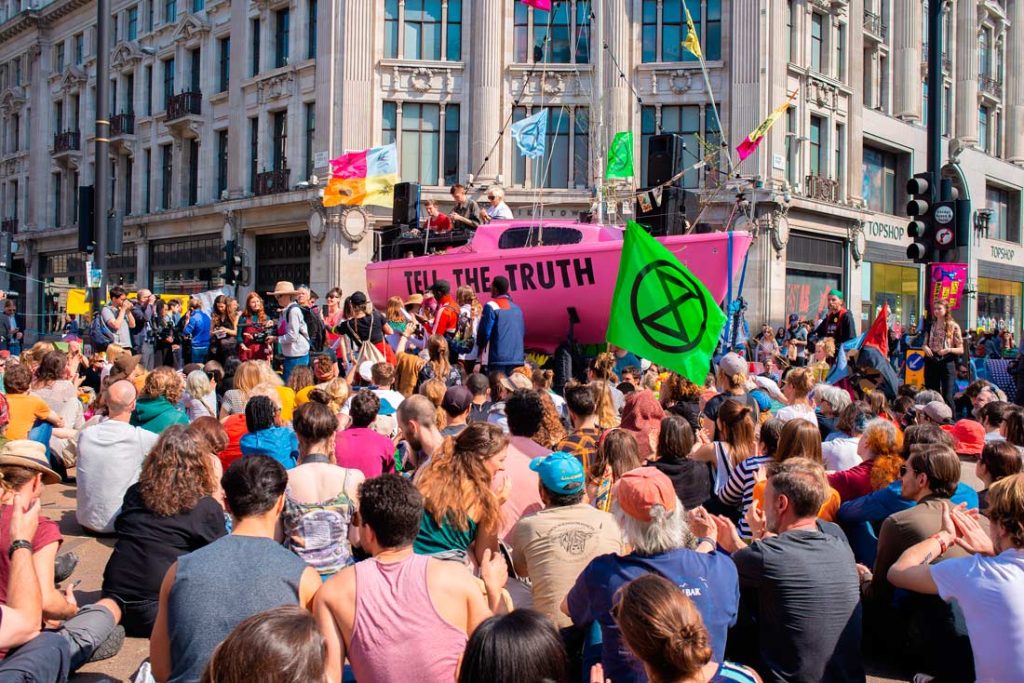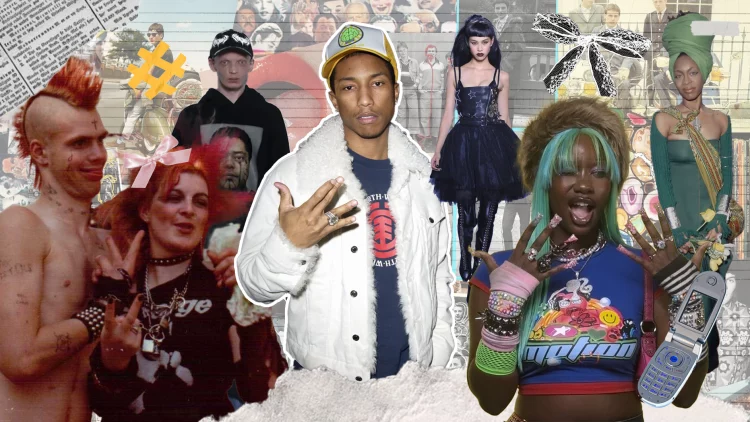Introduction: Defining Subcultures in a Changing World
Subcultures are not simply alternative lifestyles or fringe communities. They are cultural ecosystems where identity, resistance, and creativity intersect. Emerging in contrast to mainstream norms, subcultures challenge social conventions, create distinct identities, and reshape collective values. From punk rockers in the 1970s to digital fandoms in the 21st century, subcultures reveal how societies negotiate conformity and individuality.
This essay explores how subcultures influence identity formation and challenge social norms, drawing on sociological theory, cultural studies, and case studies across different historical and geographic contexts.
Theoretical Foundations: Why Subcultures Matter
1. Subculture as Resistance
- The Birmingham School (1970s) argued that subcultures act as forms of resistance against dominant social orders, particularly capitalism and consumerism.
- Example: Punk fashion—safety pins, ripped clothes—transformed poverty symbols into rebellion aesthetics.
2. Identity Formation through Difference
- Subcultures provide alternative spaces for identity development, especially for marginalized groups.
- Belonging to a subculture allows individuals to assert difference while finding community.
3. Negotiation, Not Isolation
- Subcultures are not isolated worlds but interact with mainstream culture, sometimes being commodified or absorbed into it (e.g., hip-hop’s journey from underground art to global pop culture).
Case Study I: Punk and the Politics of Rebellion
- Origins: Punk emerged in 1970s Britain amid economic decline, unemployment, and youth disillusionment.
- Aesthetics: Spiked hair, DIY music, anti-establishment lyrics.
- Social Challenge: Punk questioned political authority, consumerist values, and traditional morality.
- Legacy: Punk influenced later movements like grunge and inspired fashion industries despite its anti-commercial ethos.
Lesson: Subcultures can challenge authority while paradoxically being reabsorbed into mainstream fashion and media.
Case Study II: Hip-Hop as Cultural Resistance and Global Identity
- Roots: Originated in the Bronx, New York, in the 1970s, blending rap, graffiti, breakdancing, and DJing.
- Identity: Hip-hop gave marginalized Black and Latino youth a voice against systemic inequality.
- Challenge: Lyrics often critiqued racism, police violence, and poverty.
- Globalization: Today hip-hop is a global culture, with localized versions in Korea, France, and Africa.
- Transformation: Once a subculture of resistance, hip-hop now dominates mainstream charts, raising debates about cultural appropriation and commercialization.
Lesson: Subcultures are fluid, capable of evolving from underground movements into mainstream cultural forces.

Case Study III: LGBTQ+ Subcultures and Identity Politics
- Underground Roots: In many societies, LGBTQ+ communities first existed as hidden subcultures for survival and solidarity.
- Spaces: Gay bars, drag shows, Pride marches—these became safe spaces to challenge heteronormativity.
- Cultural Innovation: Drag aesthetics, ballroom culture, and queer fashion reshaped broader cultural narratives.
- Norm Challenge: LGBTQ+ subcultures directly contested norms around gender, sexuality, and family structures.
Lesson: Subcultures provide not only identity but also platforms for political activism and social change.
Case Study IV: Digital Subcultures and Online Communities
- Rise of the Internet: Online forums, gaming communities, and fandom spaces created new subcultural dynamics.
- Examples:
- Anime fandoms: Shaping global cultural exchange.
- Gamers: From casual communities to competitive e-sports.
- Memes and TikTok trends: Fast-moving, ephemeral subcultures shaping humor and politics.
- Challenge: Digital subcultures blur the line between private and public, mainstream and fringe, accelerating cultural transformation.
Lesson: In the digital era, subcultures emerge rapidly, fragment quickly, and influence mainstream culture more fluidly than ever before.
Subcultures as Cultural Laboratories
Subcultures experiment with new forms of self-expression, community building, and lifestyle choices:
- Fashion: From goth black clothing to streetwear, aesthetics become identity symbols.
- Language: Slang and coded speech reinforce group belonging.
- Technology: Online platforms amplify subcultural voices, sometimes faster than mainstream can regulate.
These experiments often ripple into mainstream society, reshaping norms about art, identity, and politics.
Tensions and Contradictions
- Resistance vs. Commodification
- What begins as anti-commercial often becomes marketed (e.g., punk sold in fashion chains).
- Inclusivity vs. Exclusivity
- Subcultures provide belonging but can also exclude outsiders or reinforce hierarchies (e.g., elitism in indie music scenes).
- Authenticity vs. Globalization
- Global spread can dilute original meanings while also empowering new local adaptations.
Conclusion: Why Subcultures Matter Today
Subcultures are not just cultural curiosities; they are engines of social transformation. By shaping identity and challenging norms, they expand the possibilities of human experience.
In today’s world, where digital networks accelerate cultural exchange, subcultures are more influential than ever. They remind us that culture is not static, that resistance fuels creativity, and that the boundaries of identity are constantly renegotiated.
To study subcultures is to study the tension between conformity and difference, between the mainstream and the margins—a tension that ultimately shapes the evolution of society itself.
















































